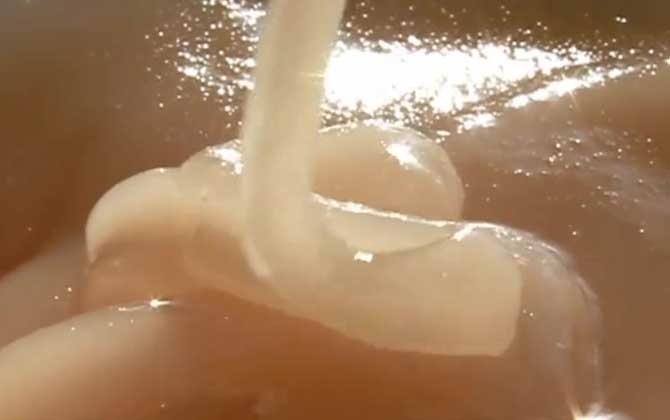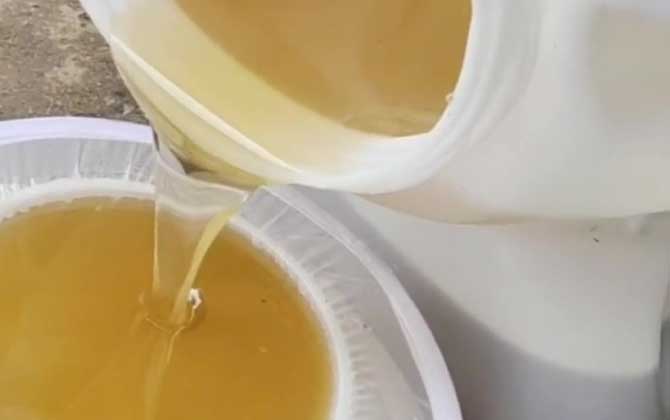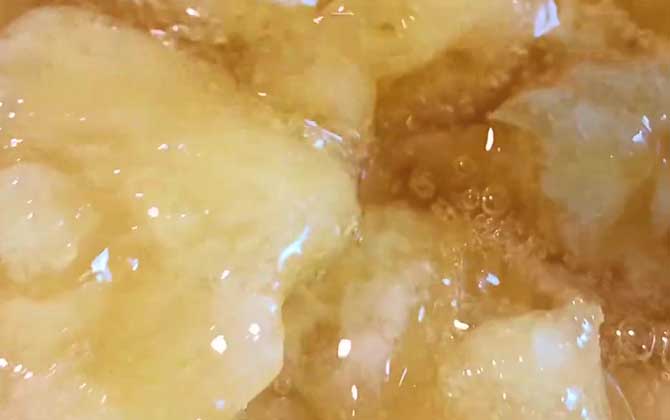What is Black Honey?
Honey is produced by bees collecting floral nectar. Depending on the variety of nectar sources, it can be categorized as monofloral honey or polyfloral honey. Varieties also differ by primary nectar sources – such as acacia honey, linden honey, or jujube honey – and by bee species used, including native honey, Italian bee honey, and black bee honey. Let’s explore the unique characteristics of black honey!

1. The Black Bee Species
Black bees, one of the world’s “Four Great Bee Species,” have gradually declined due to their aggressive nature. Purebred black bees are nearly extinct in their native habitats. In China, two primary varieties exist: Xinjiang Black Bees and Northeast Black Bees. The Xinjiang strain adapted to local climate and flora, while the Northeast variety emerged from hybridization between black bees and Carniolan bees.
Key Facts:
- Xinjiang Black Bees: Thrive in arid climates with diverse alpine flora.
- Northeast Black Bees: Cold-resistant hybrids with superior honey production.

2. Nectar Sources
The composition of black honey varies significantly by region:
Northeast Black Honey:
Primary source: Tilia (linden trees), including:
– Tilia amurensis (Amur linden): Blooms early to mid-July
– Tilia mandshurica (Manchurian linden): Blooms mid to late July
Xinjiang Black Honey:
Features complex alpine flora nectar from:
– Medicinal plants: Motherwort (Leonurus), fritillary bulbs (Fritillaria)
– Aromatic herbs: Wild mint (Mentha), thyme (Thymus), licorice (Glycyrrhiza)
– Over 100 mountain flower species

3. Nutritional Profile
Black honey contains:
- Primary components: Glucose (30-35%) and fructose (38-43%)
- Secondary components:
- Sucrose (1-3%)
- 18 amino acids including proline and lysine
- Vitamins B complex, C, and K
- Minerals: Potassium, calcium, magnesium
- Unique features:
- Higher antioxidant content than regular honey
- 15+ active enzymes supporting digestion
- Antimicrobial phenolic compounds

4. Geographical Origins
Xinjiang Black Honey:
Produced in Ili, Tekes, Zhaosu, Huocheng, Xinyuan, Nileke, Gongliu, and Altai regions. The diverse ecosystems of the Tianshan Mountains contribute to its complex flavor profile.
Northeast Black Honey:
Centered in Raohe County, Heilongjiang – home to China’s first national-level bee conservation zone established in 1997. This protected area maintains 70% forest coverage, ensuring pristine nectar sources.

5. Health Benefits
- Immune Enhancement:
- Mono sugars fuel white blood cell production
- Zinc and selenium boost immune response
- Antioxidants reduce oxidative stress
- Digestive Health:
- Amylase and protease aid food breakdown
- Prebiotic oligosaccharides nourish gut flora
- Anti-inflammatory properties soothe GI tract
- Energy & Cognitive Support:
- Rapid glucose absorption increases ATP production
- Flavonoids enhance cerebral blood flow
- Natural alternative to refined sugars
6. Quality Identification
- Color: Amber-dark brown with reddish undertones
- Aroma: Complex herbal notes with woody hints
- Crystallization: Fine-grained texture forming within 3-6 months
- Certification: Look for protected geographical indication (PGI) labels